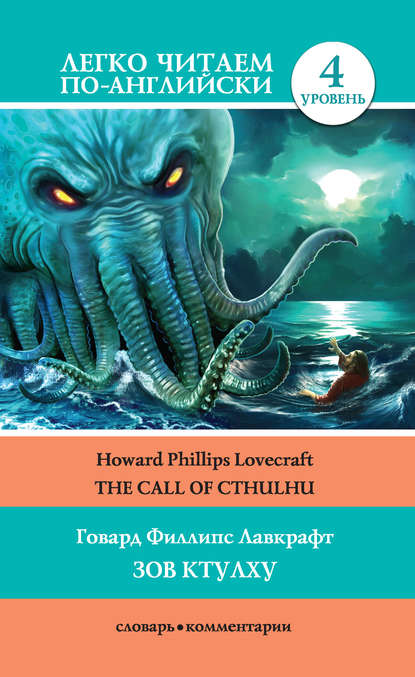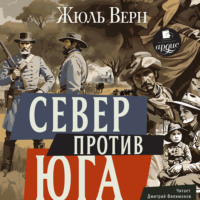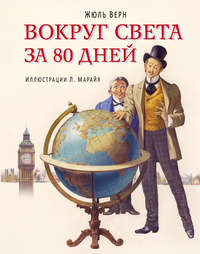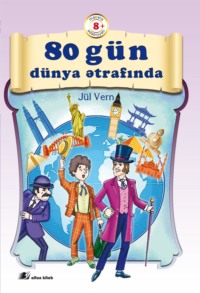Таинственный остров / The Mysterious Island. Уровень 2
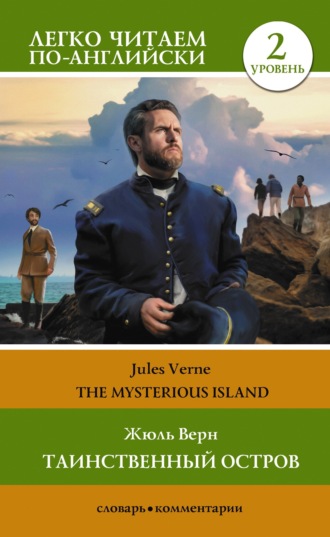
Полная версия
Таинственный остров / The Mysterious Island. Уровень 2
Жанр: книги о путешествияхизучение языкованглийский языклексический материалтекстовый материалсловарный запасзадания по английскому языкуPre-Intermediate levelзнания и навыкиклассика жанраклассика приключенческой литературы
Язык: Английский
Год издания: 2023
Добавлена:
Серия «Легко читаем по-английски»
Настройки чтения
Размер шрифта
Высота строк
Поля
Конец ознакомительного фрагмента
Купить и скачать всю книгу



